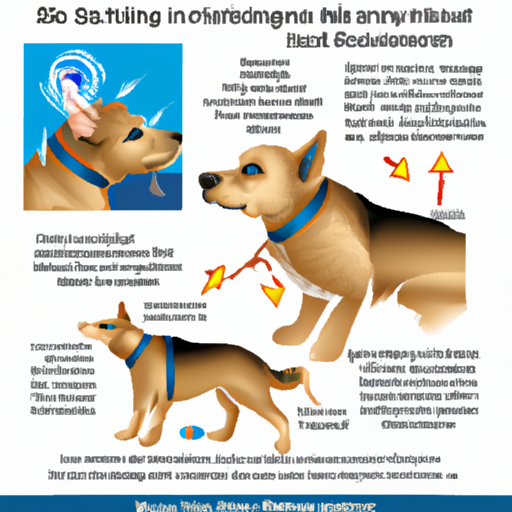If you’re a dog parent, it’s your responsibility to ensure the health and happiness of your furry friend. Sometimes, these duties include understanding and dealing with health issues that may seem scary or overwhelming. One of these issues is focal seizures in dogs.
Let’s delve into what focal seizures are, how they affect dogs, and the steps you can take to help your pup navigate through them.
Table of Contents
- Defining Focal Seizures
- Causes of Focal Seizures
- Symptoms to Look Out For
- Diagnosis and Treatment
- Frequently Asked Questions
Key Takeaways
- Focal seizures, also known as partial seizures, originate in just one part of the brain.
- They can be caused by various factors, from genetic predispositions to brain injuries.
- Recognizing the symptoms of focal seizures is crucial for timely diagnosis and treatment.
- The treatment for focal seizures often involves medication, but each case is unique.
Defining Focal Seizures
Focal seizures, also known as partial seizures, occur when abnormal electrical activity affects a part of the dog’s brain. Unlike generalized seizures, which impact the entire brain, focal seizures are localized to one area. This might cause unusual behaviors or movements in one specific part of the dog’s body. For instance, your dog might suddenly start chewing the air, twitching its ear, or shaking a leg.
Focal seizures can sometimes progress into generalized seizures if the abnormal electrical activity spreads to the rest of the brain. This is known as a focal seizure with secondary generalization.
Causes of Focal Seizures
Focal seizures can be caused by a variety of factors. Some dogs have a genetic predisposition to seizures, while others might develop them as a result of an injury, infection, or tumor in the brain.
In some cases, the cause of the seizures remains unknown. This condition is known as idiopathic epilepsy, which is quite common in certain breeds like the Beagle, German Shepherd, and Labrador Retriever. You can learn more about idiopathic epilepsy here.
Symptoms to Look Out For
As a caregiver, it’s important to recognize the signs of a focal seizure in your dog. Symptoms can vary depending on the part of the brain affected, but they often include:
- Unusual behaviors such as pacing, hiding, or appearing confused
- Uncontrolled movements in a specific part of the body
- Changes in vision
- Sudden aggression or fear
It’s worth noting that focal seizures can be subtle and easy to miss. If you notice anything unusual, consult with your vet as soon as possible. For more information on dog behaviors and their implications, you can visit One Top Dog.
Diagnosis and Treatment
Diagnosing focal seizures often involves a thorough neurological examination, blood tests, and sometimes, an MRI or CT scan. This helps rule out underlying conditions that could be causing the seizures.
Once diagnosed, the treatment plan typically involves medication to manage the seizures. Phenobarbital and potassium bromide are commonly used, but the treatment can vary depending on the dog’s condition and response to medication.
Beyond medication, supporting a dog with seizures also involves managing their environment to reduce stress and providing a healthy diet. Check out this One Top Dog article for tips on crafting the perfect diet for your pup.
Frequently Asked Questions
Q: Can focal seizures in dogs be cured?
A: While there’s no definitive cure for seizures in dogs, they can usually be managed with the right treatment and care.
Q: Are focal seizures life-threatening?
A: While seizures can be scary to witness, they’re not usually life-threatening. However, prolonged seizures or a condition called status epilepticus can be a medical emergency.
Q: Can my dog live a normal life with seizures?
A: Absolutely. With the right treatment and care, most dogs with seizures can lead happy, fulfilling lives.
Conclusion
Recognizing and understanding focal seizures in dogs is the first step towards helping your furry friend navigate this condition. With the right knowledge and care, you can ensure your pup enjoys a high-quality life. For more resources on caring for a dog with seizures, visit One Top Dog’s health section.



